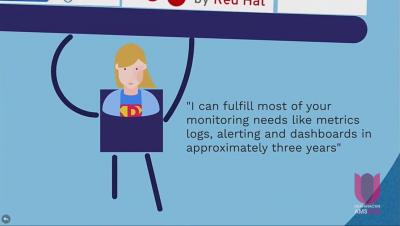Best Practices for Kubernetes & Container Logging | Continuous Delivery & DevOps
Logs can be one of the most effective tools for engineers and DevOps. In this webinar LogDNA CTO Lee Liu will demonstrate best practices with container logging, how to make sense of them and setup effective alerts to raise problems before they spin out of control.











